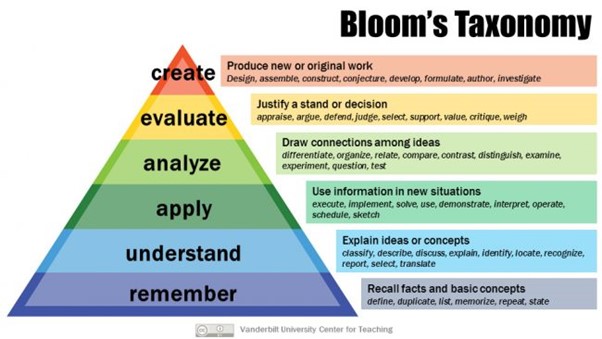 by Shraddha Sriraman, English and History student and Bristol Futures Advocate
by Shraddha Sriraman, English and History student and Bristol Futures Advocate
We all have a favourite method of learning information for an exam , be it reading through a textbook, making aesthetically pleasing notes, spider-diagrams, lists, mindmaps, or even desperately cramming last-minute for an exam (please don’t let this last one be your go-to!). However, moving to university, or getting adjusted with new exam formats trigger us to think about if we’re learning new content in the most effective manner.
Now, figuring out methods that work for each one of us is highly personal, and really depend on your needs as a learner. That being said, decades of research on valuable and diverse learning techniques could help us discover new methods of recalling information! The one discussed in this blog post is all about active recall as a useful method to add to your revision toolkit!
What is Active Recall?
Traditional methods of note taking, such as highlighting notes or watching videos, are based on the idea of placing information from the page into your brain. Active recall spins this on its head, and allows you to learn by retrieving information from your brain and applying it to the question. This is often done by testing yourself, be that via past papers, flashcards, or making your own questions to ‘force’ yourself to actively use information learnt, instead of learning passively.
Methods using Active Recall
- Flashcards
Flashcards are a helpful way of summarising notes, whilst testing yourself at the same time. I often have a question on one side, and the answer on the other to employ those helpful active recall skills! Sometimes, I also copy and paste lecture slides with key words blanked out, so I test my recall of key terms. These can be made by hand, or through the use of online applications : such as Anki, Quizlet and more (future blog post coming soon on these!)
- Closed Book -‘Blurting’
This is a traditional method of active recall where you shut a book and try and write down what you’ve learnt. Then, go back to the chapter in the book, or your lecture notes and fill in key points you’ve missed out in a different colour to see what you’ve forgotten. Over time, repeating this method leads to higher memory retention of key concepts! I loved this method when studying anatomy and found it easier to draw out a system and then check back at my notes to see what I had missed, instead of passively reading through.
- Past Paper Questions
Past paper questions are a fantastic method of actively applying what you’ve learnt!
- Make your own questions (based on learning objectives!)
Some courses don’t offer past paper questions, but its just as effective to make your own! This way, you’re pre-empting potential questions that could be asked in the future, as well as allowing to practice active recall.
- Teach someone else!
Teaching someone else about a new topic is a fantastic way of processing information and describing it in simple terms. This is a very useful technique and incorporates several levels of Bloom’s taxonomy (a schematic used to describe levels of understanding knowledge, see Figure 1) such as create, analyse and apply. You also don’t have to have another person to teach, a stuffed teddy bear, a plant pot or an imaginary person will do just fine!

References and Helpful Articles on Active Recall
Armstrong, P. (2010). Bloom’s Taxonomy. Vanderbilt University Center for Teaching. Retrieved [18.10.2022] from https://cft.vanderbilt.edu/guides-sub-pages/blooms-taxonomy/
Brainscape “What is Active Recall? How to use it to ace your exams”
Osmosis Blog “Active Recall: The Most Effective High-Yield Learning Technique”

Thank you, Shraddha, for sharing insights! And wanna add that combining active recall and spaced repetition is just a sky-rocket formula (read about it here: https://productive.fish/blog/active-recall/). I’ve never thought before about closed book -‘blurting’, guess I should try it!